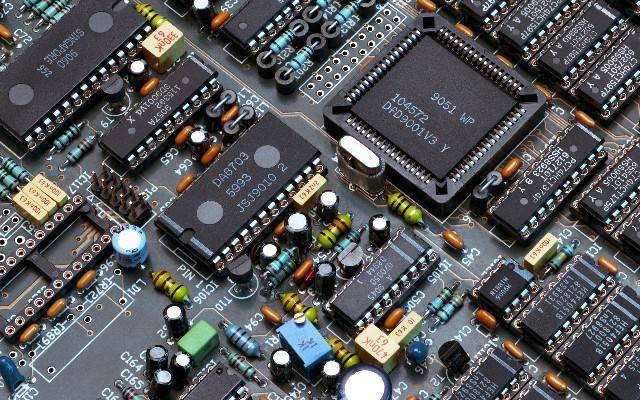

During the reflow soldering technology, PCB will encounter soldering defects for various reasons. So what is the cause of the defect? How to solve these defect?

1. Tombstone Phenomenon
In reflow soldering, chip components often stand up, which is called tombstone. This is a defect that often occurs in reflow soldering technology.
Cause: The wetting force on the both sides of the component is unbalanced, so the moment on both ends of the component is also unbalanced, resulting in the occurrence of tombstoning.
The following situation will cause the wetting force on the both sides of the component is unbalanced:
1) Pad design and layout are unreasonable.
2) Solder paste and solder paste printing is uneven.
3) Patch displacement.
4) The furnace temperature curve is not set correctly.
Solution:
1) Improve pad design and layout.
2) Choose a solder paste with higher activity to improve the printing parameters of the solder paste, especially the window size of the stencil.
3) Adjust the technology parameter of placement machine.
4) Adjust the appropriate temperature curve according to each different product.
2. Wicking Phenomenon
Wicking phenomenon is one of the common soldering defects, which is more common in vapor phase reflow soldering. This phenomenon is that the solder separates from the pad and travels up the pin to between the pin and the chip body, usually forming a serious virtual soldering phenomenon.
Cause:
Mainly due to the high thermal conductivity of the component pins, the temperature rises rapidly, so that the solder preferentially wets the pins, and the wetting force between the solder and the pins is much greater than that between the solder and the pad. In addition, the upturning of pins will aggravate the occurrence of wicking phenomenon.
Solution:
1) For vapor phase reflow soldering, the SMA should be fully preheated first and then put into the vapor phase furnace.
2) The solderability of PCB pads should be carefully checked, and PCB with poor solderability should not be used in production.
3) Full attention should be paid to the coplanarity of components, and devices with poor coplanarity should not be used in production.
3. Bridging
Bridging is one of the common defects in SMT production. It will cause short circuit between components, and bridges must be repaired.
Cause:
1) Solder paste quality problems.
2) Printing system precision problems.
3) Placement accuracy problem.
4) The preheating speed is too fast.
Solution:
1) Adjust the solder paste ratio or use good quality solder paste.
2) Adjust the printing press to improve PCB pad coating.
3) Adjust the Z-axis height of the placement machine and the heating speed of the reflow oven.
4. Component Offset
Generally, component offset greater than 50% of the solderable terminal width is considered unacceptable, and an offset of less than 25% is usually required.
Cause:
1) The placement machine is not accurate enough.
2) Components size tolerance does not meet.
3) The viscosity of solder mask taste is not enough or the pressure is not enough when components are mounted,
4) The flux content is too high, the flux boils during reflow, and the SMD moves on the liquid solder.
5) Solder paste sag causes offset.
6) Solder paste has expired and flux has deteriorated.
7) If the component rotates, the program may have set the rotation angle incorrectly.
8) The air volume of the host blast stove is too large.
Solution:
1) Calibrate point coordinates and pay attention to the accuracy of component placement.
2) Use solder paste with high viscosity to increase component mounting pressure and increase adhesion.
3) Choose a suitable solder paste to prevent the occurrence of solder paste collapse and have a suitable flux content.
4) If the same degree of component misalignment is found on every board, the program needs to be modified. If the misalignment is different on each board, there may be a processing problem or wrong placement of the boards.
5) Adjust the speed of the hot air motor.
HoYoGo is an international, professional and reliable PCB manufacturer. HoYoGo, hit your goal on PCB. We have profound engineering technology capabilities, flexible supply chain management capabilities, excellent quality levels, and strong production capabilities. If you need to make PCB, welcome to contact us!
